Year 5
The English curriculum is built around the three interrelated strands of language, literature and literacy. Teaching and learning programs should balance and integrate all three strands. Together, the strands focus on developing students' knowledge, understanding and skills in listening, reading, viewing, speaking, writing and creating. Learning in English builds on concepts, skills and processes developed in earlier years, and teachers will revisit and strengthen these as needed.
In Years 5 and 6, students communicate with peers and teachers from other classes and schools, community members, and individuals and groups, in a range of face-to-face and online/virtual environments.
Students engage with a variety of texts for enjoyment. They listen to, read, view, interpret and evaluate spoken, written and multimodal texts in which the primary purpose is aesthetic, as well as texts designed to inform and persuade. These include various types of media texts including newspapers, film and digital texts, junior and early adolescent novels, poetry, non-fiction and dramatic performances.
The range of literary texts for Foundation to Year 10 comprises Australian literature, including the oral narrative traditions of Aboriginal and Torres Strait Islander Peoples, as well as the contemporary literature of these two cultural groups, and classic and contemporary world literature, including texts from and about Asia.
Literary texts that support and extend students in Years 5 and 6 as independent readers describe complex sequences, a range of non-stereotypical characters and elaborated events including flashbacks and shifts in time. These texts explore themes of interpersonal relationships and ethical dilemmas within real-world and fantasy settings. Informative texts supply technical and content information about a wide range of topics of interest as well as topics being studied in other areas of the curriculum. Text structures include chapters, headings and subheadings, tables of contents, indexes and glossaries. Language features include complex sentences, unfamiliar technical vocabulary, figurative language, and information presented in various types of graphics.
Students create a range of imaginative, informative and persuasive types of texts including narratives, procedures, performances, reports, reviews, explanations and discussions.
(source: www.australiancurriculum.edu.au)
Achievement Standard
Receptive modes (listening, reading and viewing)
By the end of Year 5, students explain how text structures assist in understanding the text. They understand how language features, images and vocabulary influence interpretations of characters, settings and events.
When reading, they encounter and decode unfamiliar words using phonic, grammatical, semantic and contextual knowledge. They analyse and explain literal and implied information from a variety of texts. They describe how events, characters and settings in texts are depicted and explain their own responses to them. They listen and ask questions to clarify content.
Productive modes (speaking, writing and creating)
Students use language features to show how ideas can be extended. They develop and explain a point of view about a text, selecting information, ideas and images from a range of resources.
Students create imaginative, informative and persuasive texts for different purposes and audiences. They make presentations which include multimodal elements for defined purposes. They contribute actively to class and group discussions, taking into account other perspectives. When writing, they demonstrate understanding of grammar using a variety of sentence types. They select specific vocabulary and use accurate spelling and punctuation. They edit their work for cohesive structure and meaning.
(source: www.australiancurriculum.edu.au)
- Plus Plan

A Letter from the Goldfields - Writing Task
A writing task where students explain life on the Australian goldfields during 1852.
- Plus Plan
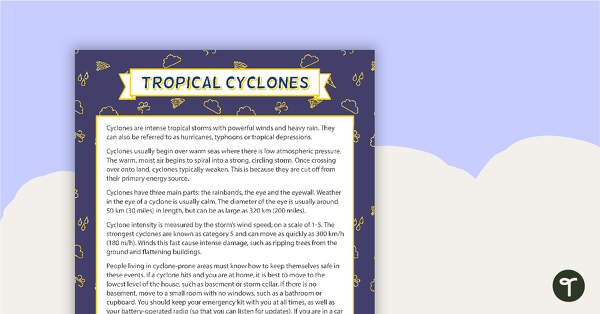
Comprehension - Tropical Cyclones
A comprehension activity about tropical cyclones.
- Plus Plan

Paragraph Study Grammar Interactive PowerPoint
Interactive PowerPoint presentation allowing teachers and students to learn and revise grammar by highlighting paragraphs.
- Plus Plan
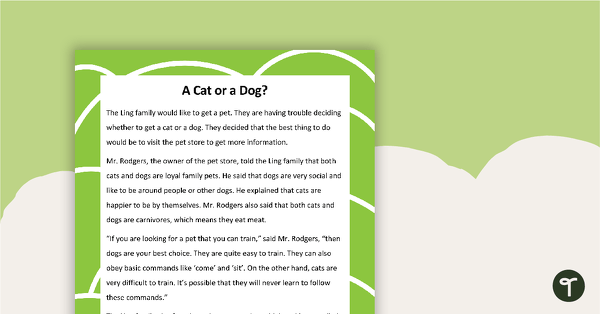
Compare and Contrast - Comprehension Task
A task to use when teaching your students reading comprehension strategies.
- Plus Plan
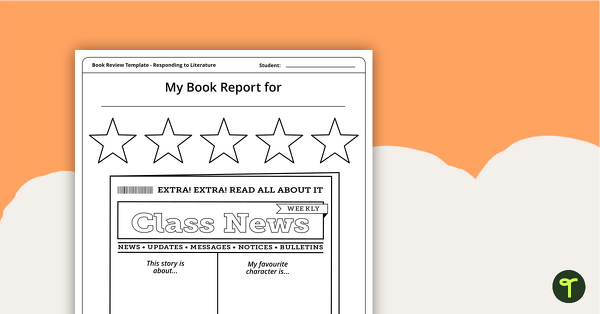
Newspaper Themed - Book Report Template and Poster
A fun newspaper themed poster with 3 book report templates to use when responding to literature.
- Plus Plan
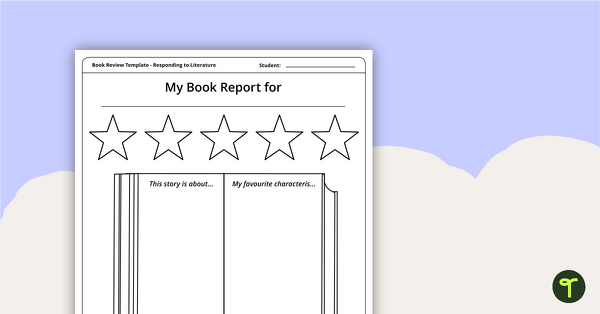
Book Worm Themed - Book Report Template and Poster
A fun book worm themed poster with 3 book report templates to use when responding to literature.
- Plus Plan
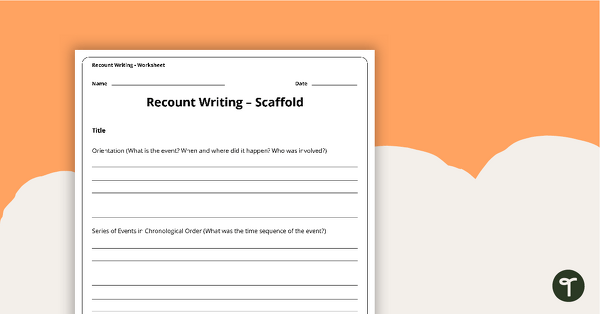
Recount Writing Scaffold
A one page scaffolding sheet which can be used to write a recount.
- Free Plan
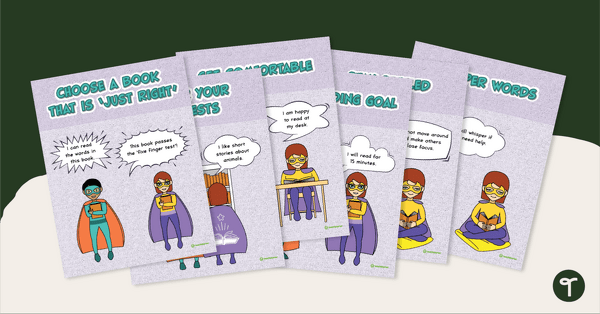
Super Stamina Reading Posters
Highlight strategies students can use to read for longer periods of time with this printable poster set for a school library or classroom.
- Plus Plan
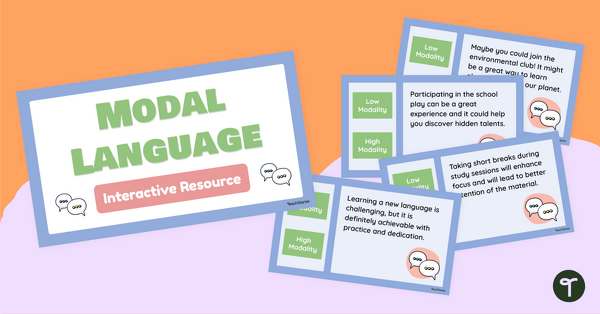
Modal Language Interactive Activity
Explore the language of modality with your students using this digital game perfect for your persuasive writing lessons.
- Plus Plan
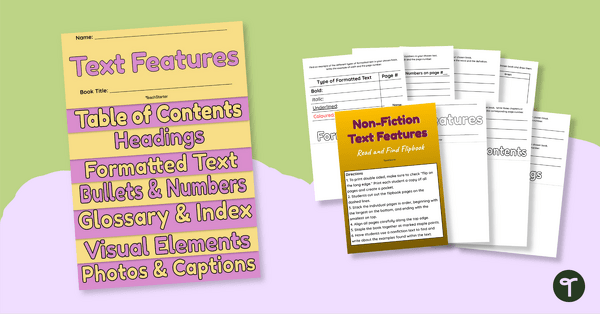
Non-Fiction Text Features Flipbook – Read and Find
Get your students to find text features in non-fiction books with this student-centred flipbook activity perfect for literacy groups.
- Plus Plan
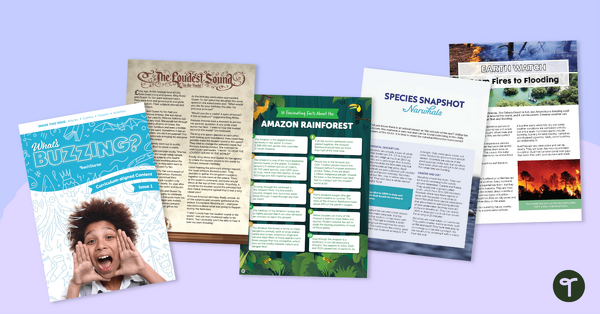
Year 5 Magazine - What's Buzzing? (Issue 1)
A beautifully designed, 24-page reading magazine specifically designed for Year 5 students.
- Plus Plan
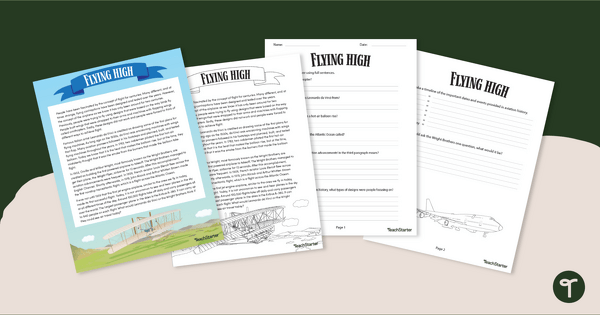
Comprehension – History of Flight Reading Worksheets
Read and learn about innovations in aviation with a printable reading comprehension activity.
- Plus Plan
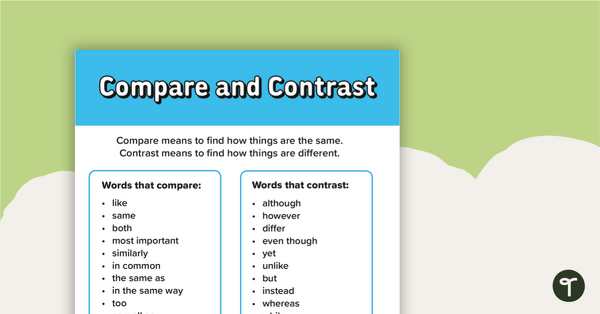
Compare and Contrast Poster
A poster highlighting how to compare and contrast when reading a piece of text.
- Plus Plan
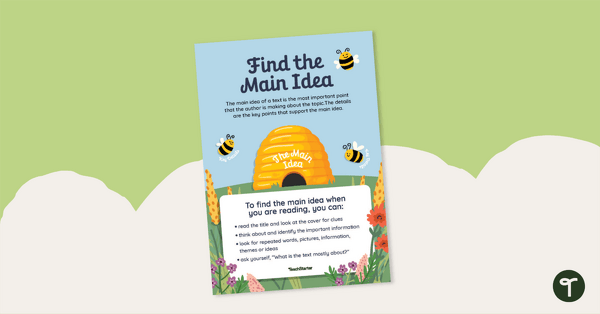
Finding the Main Idea Poster
A poster highlighting how to find the main idea when reading a piece of text.
- Plus Plan
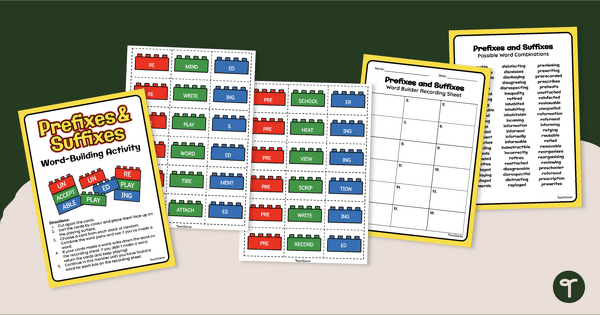
Word Building Bricks - Prefixes, Suffixes, and Roots Activity
Build, read and write multi-syllable words using prefixes, suffixes, and base words with a fun word-building literacy activity.
- Free Plan
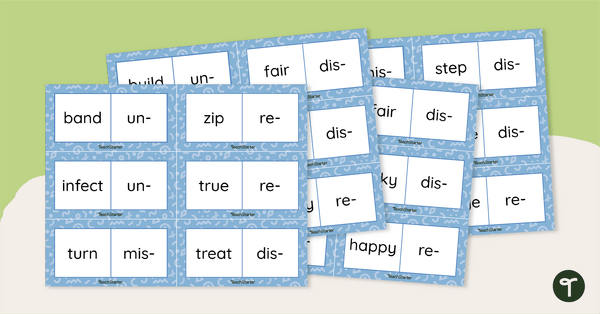
Common Prefixes - Domino Game
Identify new words that include common prefixes with 28 prefixes and root word dominoes.
- Plus Plan
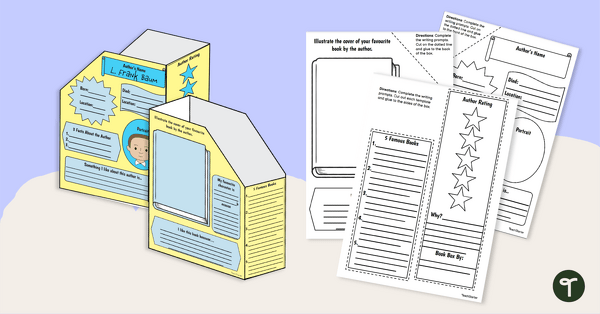
Cereal Box Author Study – Template
Research and write biographical text to create a literacy-themed book bin using an author study biography report template.
- Plus Plan
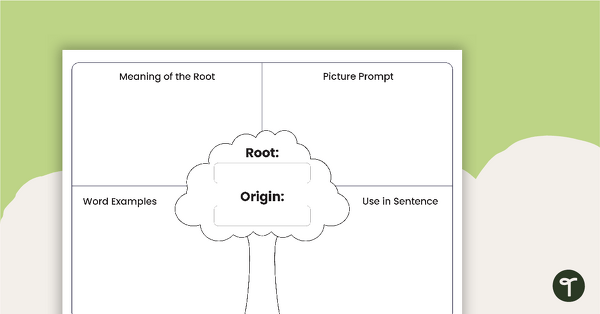
Roots Graphic Organiser Template
Use this graphic organiser to explore roots and their origins.
- Plus Plan
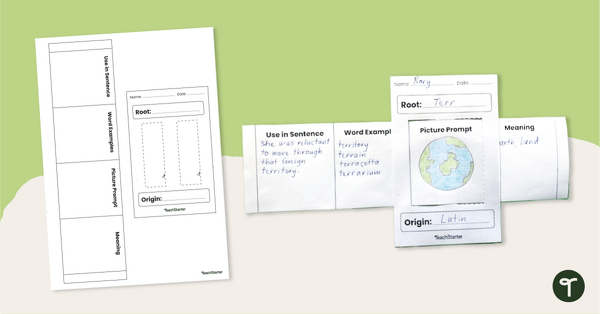
Roots Window Graphic Organiser
Organise ideas about roots and their origins with this graphic organiser.
- Plus Plan
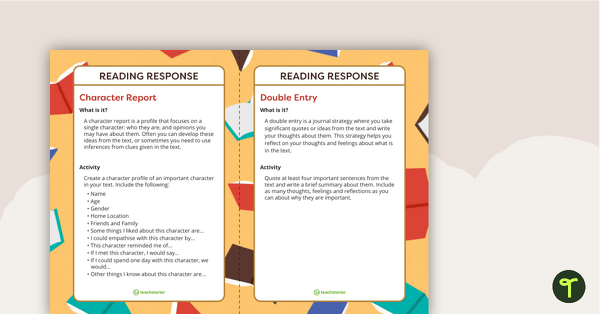
Reading Response Journal Task Cards
9 reading comprehension task cards focusing on a different skill.
- Free Plan
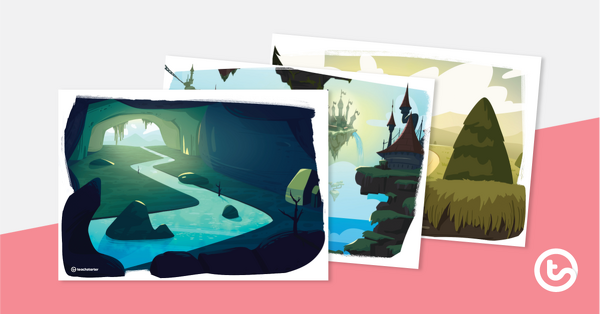
Mysterious Story Setting Background Posters
A set of 3 mysterious story setting posters for students to use in a variety of ways.
- Free Plan
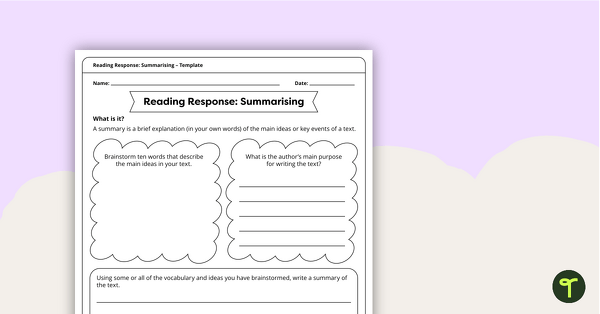
Reading Response Summarising – Template
A comprehension template for students to practise summarising.
- Plus Plan
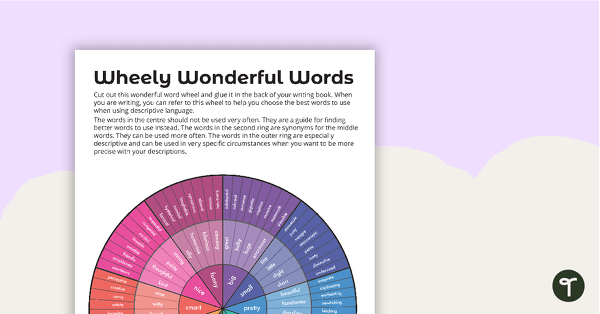
Wheely Wonderful Words – Overused Adjectives
Banish overused adjectives with a handy adjective-synonym word wheel!
- Free Plan
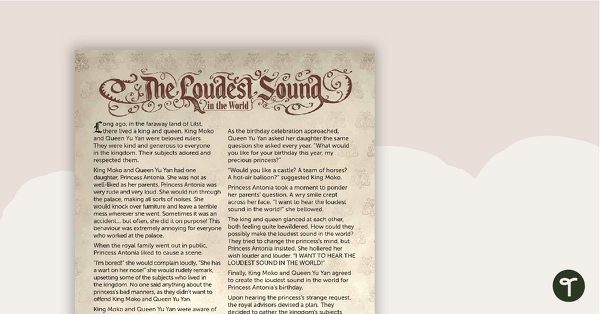
The Loudest Sound in the World – Comprehension Worksheet
A comprehension worksheet for a narrative about a princess who demands to hear the loudest sound in the world.
- Plus Plan
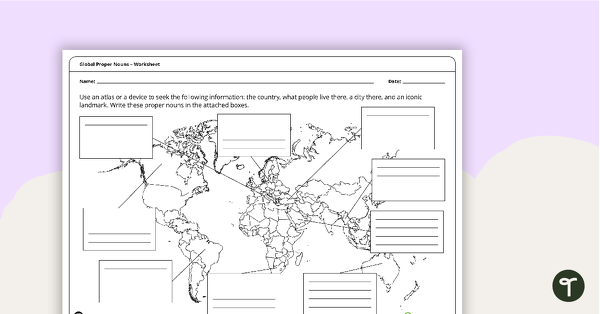
Global Proper Nouns - Worksheet
A mapping activity that prompts students to use their grammar knowledge of proper nouns.
- Plus Plan
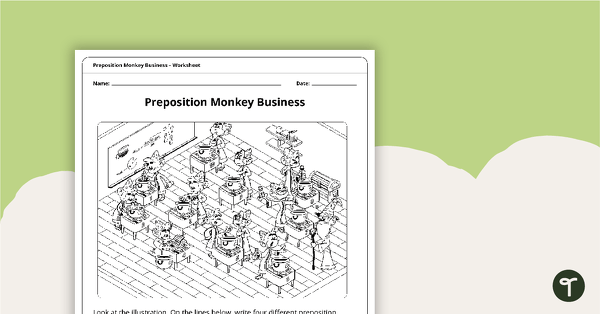
Preposition Monkey Business - Worksheet
A worksheet which includes an image prompt for students to make creative sentences about prepositions.
- Free Plan
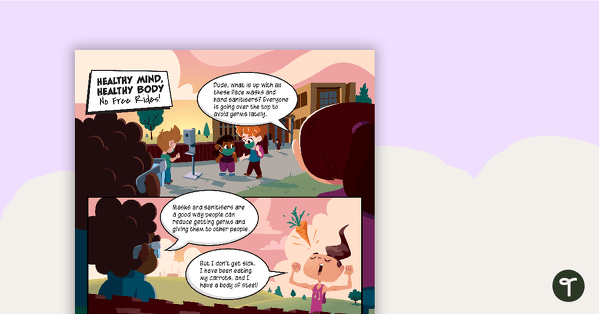
Healthy Mind, Healthy Body: No Free Rides! – Worksheet
A comprehension worksheet for a comic from the Year 5 magazine (Issue 3).
- Plus Plan
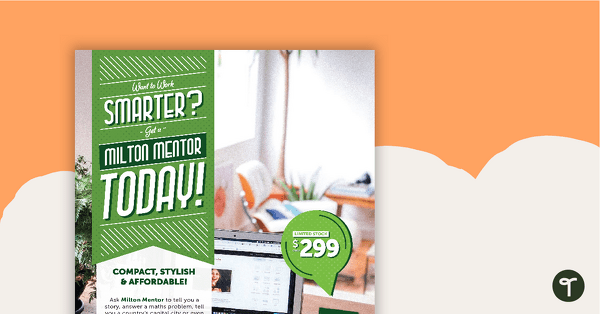
Advertisement Worksheet – Milton Mentor
A comprehension worksheet for a persuasive magazine advertisement about a digital personal assistant.
- Plus Plan
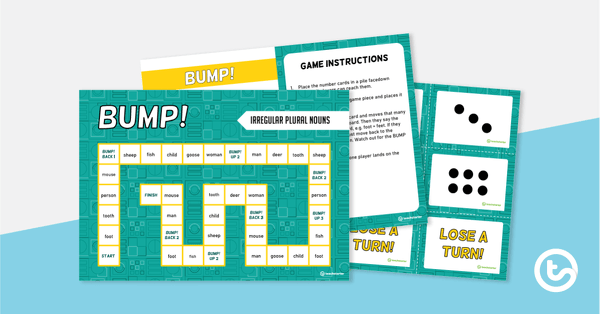
BUMP! Irregular Plural Nouns – Board Game
A board game to practise forming irregular plural nouns.
- Plus Plan
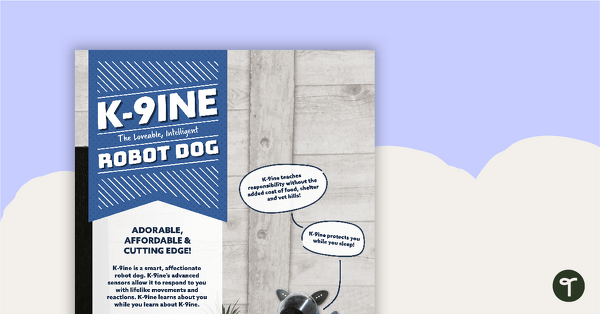
Advertisement Worksheet – K-9ine the Robot Dog
A comprehension worksheet for a persuasive magazine advertisement about a robotic dog.
- Plus Plan
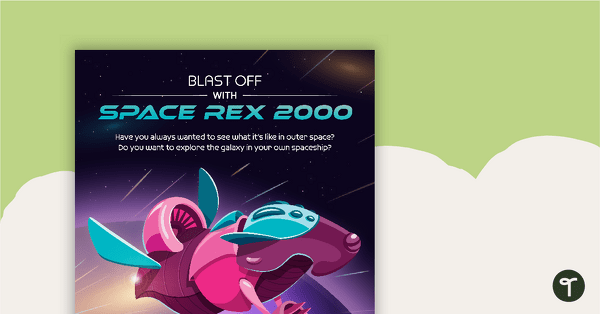
Blast Off with Space Rex 2000 – Worksheet
A comprehension worksheet for a fake advertisement from the Year 5 magazine (Issue 2).
- Plus Plan
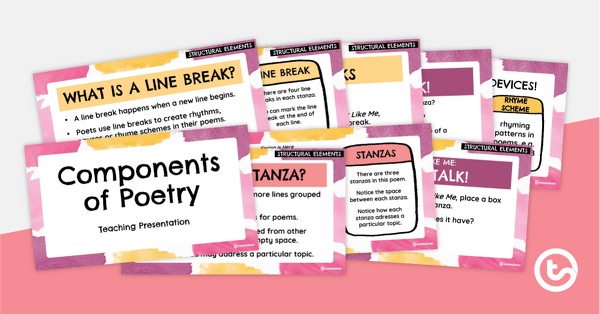
Components of Poetry PowerPoint
An editable PowerPoint to use when teaching the essential components of poetry.